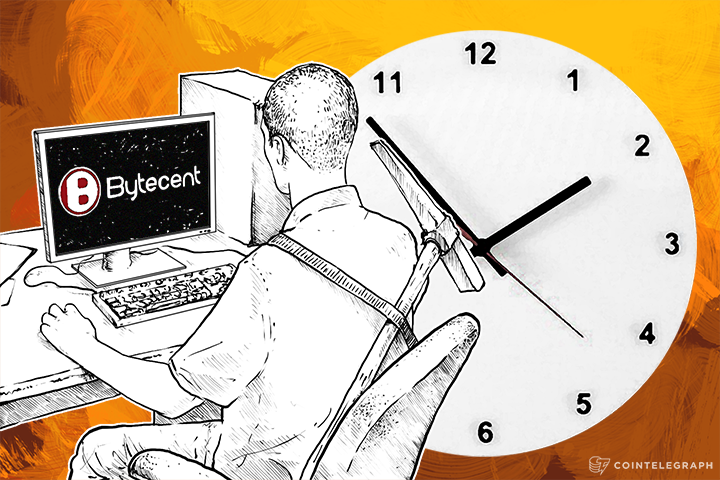Does efficiency threaten decentralization?
When it comes to proof-of-work mining, the kind used in Bitcoin, some would say “yes.” The existence of “mining farms”—that is, large-scale operations which deploy hundreds or thousands of miners—certainly do render individual CPU miners unable to compete.
But is that a problem? And if it is, what is the solution?
There are certainly different kinds mining aside from Bitcoin’s proof-of-work. Nxt uses proof-of-stake. Burstcoin uses proof-of-capacity. A new currency can even be bootstrapped off an existing currency via proof-of-burn.
And a new currency launched just last month, Bytecent, utilizes a kind of proof-of-work mining, but its developers have decided to try to prevent centralization by making miners manually attend to their computers. They call this process proof-of-miner (POM), and hope that it will prevent the use of advanced and autonomous mining hardware.
Here’s how it works, according to Bytecent’s website:
“POM requires miners to enter a human readable captcha code every sixty minutes to maintain the mining process without interruption. Mining time can be extended without entering the captcha code by storing x amount of coins in the local wallet.
“For example, If 25 Bytecents are required to extend mining time for one hour, a miner will need a total of 600 Bytecents stored in his/her local wallet to extend mining time for a total of 24 hours.”
This time-consuming approach may certainly prevent the use of sophisticated mining hardware, but does making miners less efficient this way necessarily mean more decentralization?
Furthermore, is the centralization of proof-of-work mining soon to be a non-issue if mining hardware drops in price, as Gavin Andresen predicts it will? (Remember how expensive VCRs, DVD players, and mP3 players were when they first came out.)
Whether Bytecent’s proof-of-miner approach delivers or not, one thing is sure: because there is no barrier to entry in the creation of cryptocurrencies, everyone is free to use whichever one has the type of mining they prefer. And that’s awesome.

Did you enjoy this article? You may also be interested in reading these ones:


